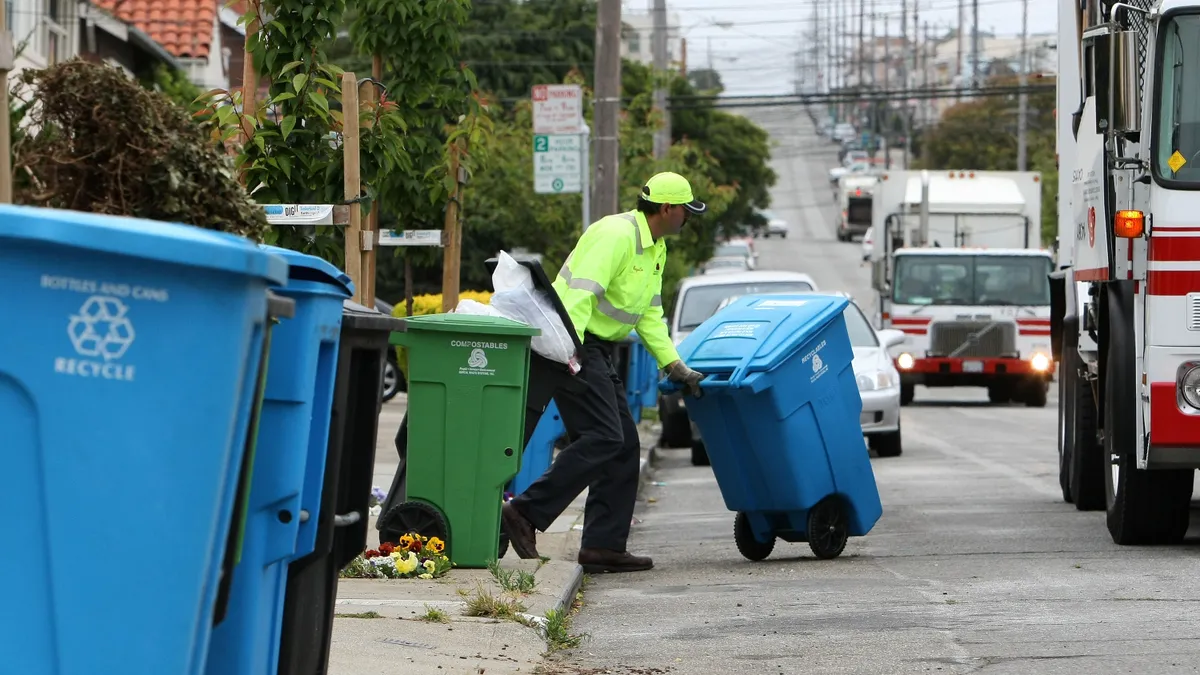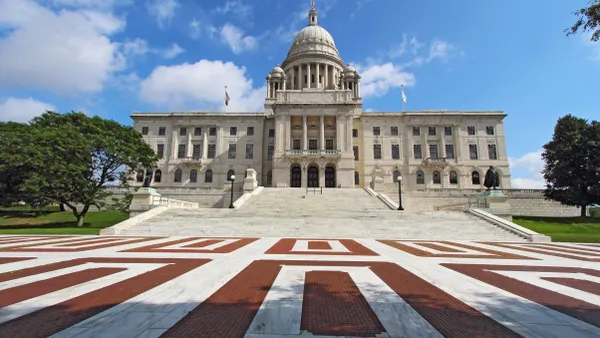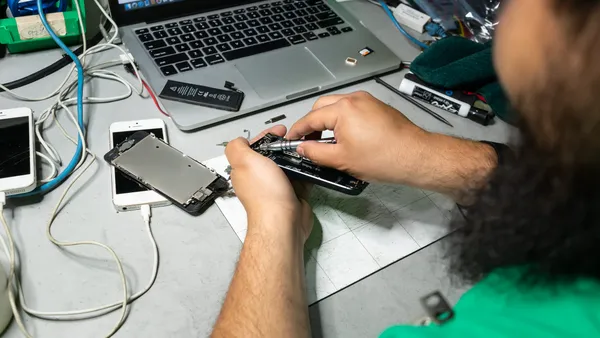Highlights:
- UL Environment's new program establishes three tiers of landfill diversion. Company's that have 100 percent landfill diversion rate get a Zero Waste to Landfill validation, 98% or greater get Virtually Zero Waste to Landfill validation, above 80% achieves Waste Diversion validation.
- To attain validation, companies must undergo independent audit led by UL.
- A number of methods can be used to claim diversion including recycling, composting, and waste-to-energy programs.
From the Press Release:
New environmental claim validation service recognizes companies that take a leadership role in reducing the amount of waste sent to landfills
UL Environment, a business unit of UL, announced today a series of new environmental claim validation service offerings designed to help companies communicate and promote their efforts to reduce landfill waste. UL Environment's Zero Waste to Landfill, Virtually Zero Waste to Landfill, and Landfill Waste Diversion claim validations recognize companies that handle waste in innovative and environmentally responsible ways. Companies that achieve a landfill diversion rate of 100 percent qualify for the Zero Waste to Landfill validation. Companies that achieve a diversion rate of 98 percent or greater qualify for the Virtually Zero Waste to Landfill validation. Those that achieve a diversion rate of 80 percent or greater qualify for a Landfill Waste Diversion validation.
"With more businesses undertaking waste reduction initiatives, there is a growing need for meaningful, third-party validation of landfill waste diversion claims. UL Environment is excited to introduce this claim validation service to companies that want to quantify and qualify their efforts," says Sara Greenstein, president of UL Environment. "Additionally, the trusted UL Environmental Claim Validation mark, which companies may feature in their marketing materials, helps companies communicate and promote their facilities' waste reduction accomplishments clearly and confidently."













